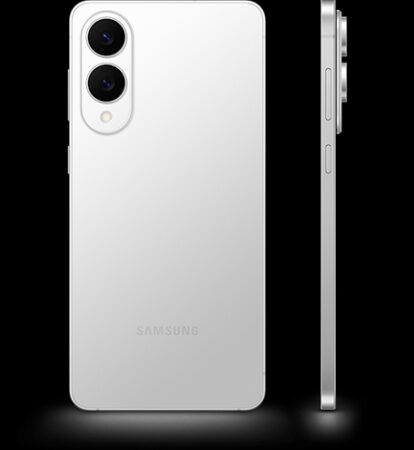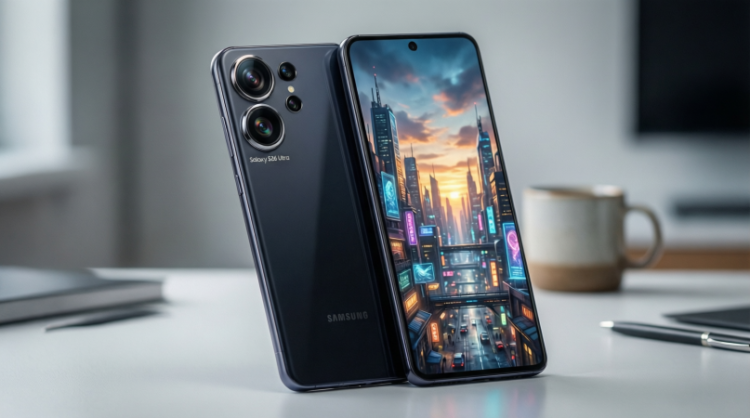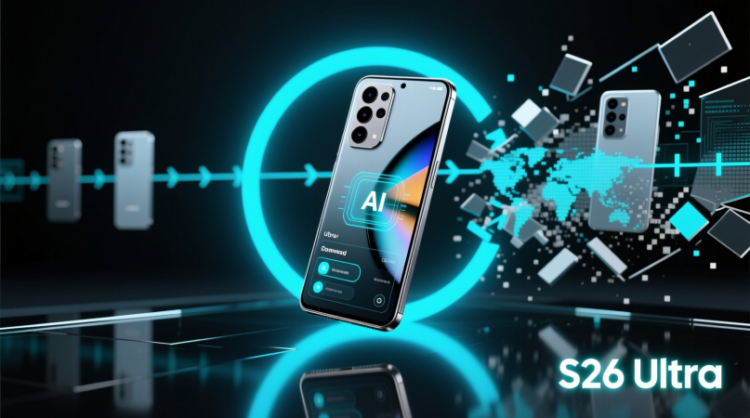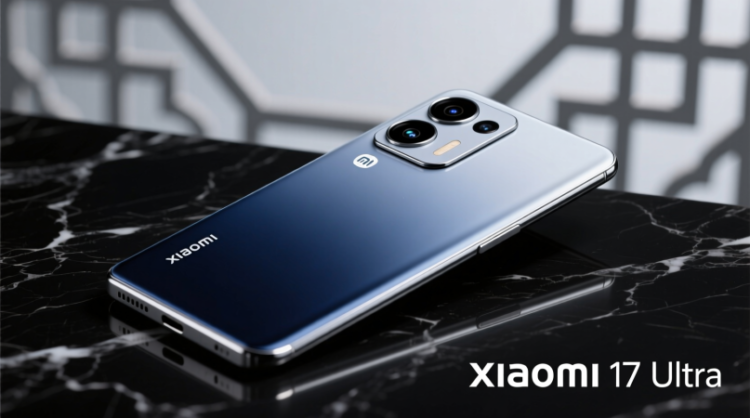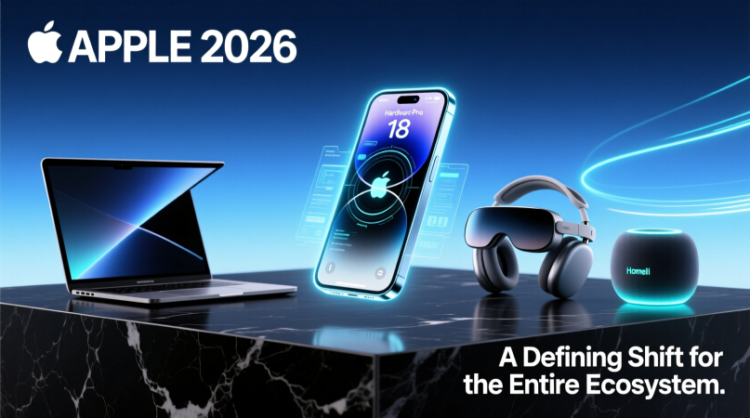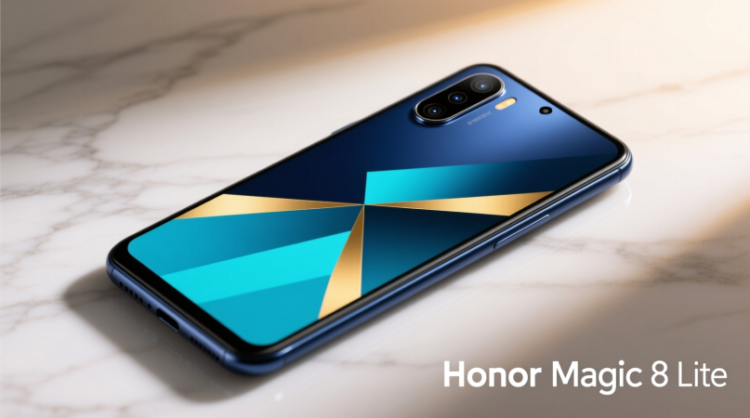
Digital Magazine – In an era where smartphones often blur into indistinguishable slabs of glass and metal, Samsung is looking to challenge that trend by reviving a name once synonymous with innovation: Edge. The Galaxy S25 Edge is not just another mid-cycle experiment in form it’s a calculated response to shifting consumer tastes, advancing hardware miniaturization, and the company’s desire to redefine what it means to be a stylish flagship.
While many questioned Samsung’s decision to reintroduce ultra-thin form factors an approach many OEMs abandoned due to compromises in performance and battery life the S25 Edge emerges not as a nostalgic throwback, but as a nuanced reimagining. And surprisingly, it works.
A Return to Thin But Smarter
The most noticeable feature of the Galaxy S25 Edge is its profile measuring just 5.8mm thick, it is among the thinnest modern Android flagships. Yet, Samsung hasn’t merely shaved down dimensions for aesthetic purposes. This time, the thinness is underpinned by thoughtful engineering choices, including the integration of a vapor chamber to combat overheating and the use of titanium to maintain structural integrity.
Interestingly, the resurgence of ultra-thin smartphones is not without reason. The transition to 5G initially required bulkier internal hardware, but as modem designs and antenna arrays have matured, manufacturers like Samsung now have the flexibility to revisit slimmer chassis designs without making drastic sacrifices.
A Middle Child with Main Character Energy
Historically, Samsung’s “+” model has struggled to distinguish itself—too premium for budget buyers, yet lacking the Ultra’s wow factor. The S25 Edge changes that dynamic. With the same 6.7-inch OLED display as the S25+, a 120Hz refresh rate, and a polished titanium frame, the Edge feels undeniably high-end.
What sets it apart, however, is that it borrows features from both siblings in Samsung’s lineup. The glossy Gorilla Glass Ceramic 2 screen replaces the Ultra’s matte variant for the sake of maintaining its ultra-thin body, while its sleek form factor gives it a distinctive identity that neither the S25 nor S25 Ultra can claim.
Camera Performance Without the Bulk
Despite lacking a dedicated telephoto lens, the S25 Edge doesn’t disappoint in the photography department. It inherits the Ultra’s impressive 200MP main sensor—capable of capturing high-detail images that allow generous post-capture cropping. Paired with a 12MP ultra-wide lens and a slightly upgraded 12MP front-facing camera with a wider field of view, the device caters well to both casual users and mobile photography enthusiasts.
In practical tests, the S25 Edge consistently outperformed competitors like the Motorola Razr Ultra in clarity, exposure, and focus—even though the Razr was designed to appeal to a similar style-conscious audience. The verdict? Thin phones can still pack impressive imaging capabilities.
Battery and Charging: The Expected Compromise
No innovation is without its trade-offs. The S25 Edge’s 3,900mAh battery the smallest in the S25 lineup—delivers just under 26 hours in local video playback tests. While that’s adequate for a full day of moderate use, heavy users may find themselves reaching for the charger by evening.
Wired charging caps at 25W, and while wireless charging is supported at 15W, it lacks full Qi2 certification. Users looking to leverage magnetic wireless accessories will need to purchase an additional case or magnetic attachment—a mild inconvenience in an otherwise premium device.
The Verdict: Form Meets Function (Almost Perfectly)
The Galaxy S25 Edge is not merely a design experiment it’s a strategic attempt to offer a compelling alternative within Samsung’s flagship ecosystem. For users who prioritize aesthetics but refuse to compromise on performance, the Edge strikes a near-perfect balance.
At $1,100, it matches the S25+ in price but exceeds it in character. From its titanium build to the Ultra-grade camera, and its uniquely thin silhouette, the S25 Edge carves out a distinct space for itself—both figuratively and literally.
Yes, compromises were made. Battery life is not stellar, and the absence of a telephoto lens might be a sticking point for some. But for others, the Galaxy S25 Edge proves that thin can be more than a gimmick. It can be a statement—and perhaps even a direction for the future of premium smartphones.
Key Specs Recap:
-
Thickness: 5.8mm
-
Weight: 163g
-
Display: 6.7-inch OLED, 120Hz
-
Processor: Snapdragon 8 Elite for Galaxy
-
RAM/Storage: 12GB / 256GB or 512GB
-
Camera: 200MP main, 12MP ultra-wide, 12MP selfie
-
Battery: 3,900mAh
-
Charging: 25W wired, 15W wireless
-
Starting Price: $1,100
Final Thoughts
Samsung isn’t just revisiting the past with the S25 Edge it’s refining it. By breathing new life into the Edge brand and rethinking the role of the “+” model, the company may have quietly redefined the sweet spot of premium Android devices: somewhere between style, power, and practicality.
